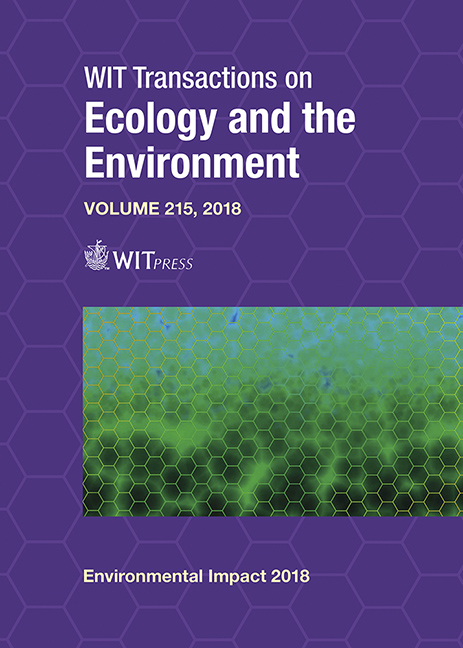GENERATION OF HIGH-RESOLUTION DIGITAL SURFACE MODELS FOR URBAN FLOOD MODELLING USING UAV IMAGERY
Price
Free (open access)
Transaction
Volume
215
Pages
10
Page Range
357 - 366
Published
2018
Paper DOI
10.2495/EID180321
Copyright
WIT Press
Author(s)
EMRAH YALCIN
Abstract
This study focuses on the generation of a high resolution digital surface model (DSM) using unmanned aerial vehicle (UAV)-based aerial photography to be utilized in the two-dimensional (2D) hydrodynamic model analyses to investigate the effects of possible flood events in the city centre of Kirsehir, Turkey. One of the most important sources of uncertainty in hydrodynamic models is the resolution of used DSM. Changing DSM resolution can cause serious differences in the simulation results about flood extents, water depths, and flow velocities. Therefore, in complex urban areas, high resolution topographic data is a prerequisite to more accurately simulate the movement of water and thereby to take adequate measures for reducing the most likely flood effects. The use of UAV technologies in the production of topographic data is an appropriate solution for situations when airborne light detection and ranging (LiDAR) or satellite-based remote sensing techniques cannot be implemented due to cost, schedule, and resolution issues. Moreover, terrestrial solutions are much more time-consuming and difficult to apply than UAV-based aerial photography in a complex urban area with intensive vehicle and pedestrian traffic. In this study, the topographic data is obtained by using 2212 geo-referenced images taken on 25 different flight routes over an area of 3.24 km2 using a DJI Matrice 600 UAV-drone equipped with a Zenmuse X5 camera with 15 mm DJI lens. The ground sampling distance of the produced digital surface model is 4.32 cm/pixel, and the localization accuracy, root mean square error (RMSE), of the model is 5.1 cm and 12.7 cm for the horizontal and vertical planes, respectively. The results show that high-resolution digital surface models, which can be used as inputs in 2D flood models for preparing flood hazard and flood risk maps, can be produced with relatively low cost and within a short time using UAV imagery.
Keywords
digital surface model, UAV imagery, urban flood modelling, Kirsehir, Turkey





